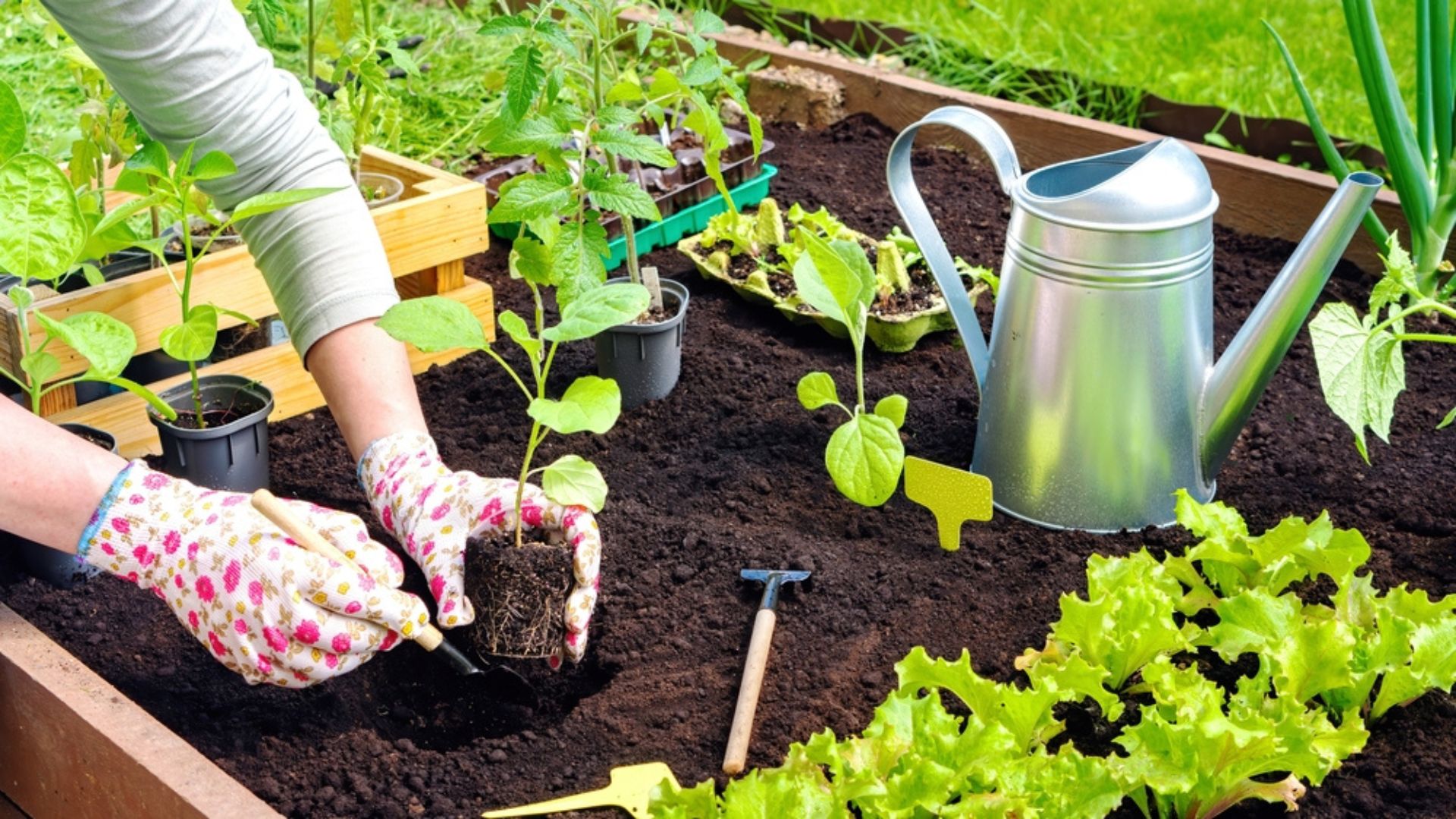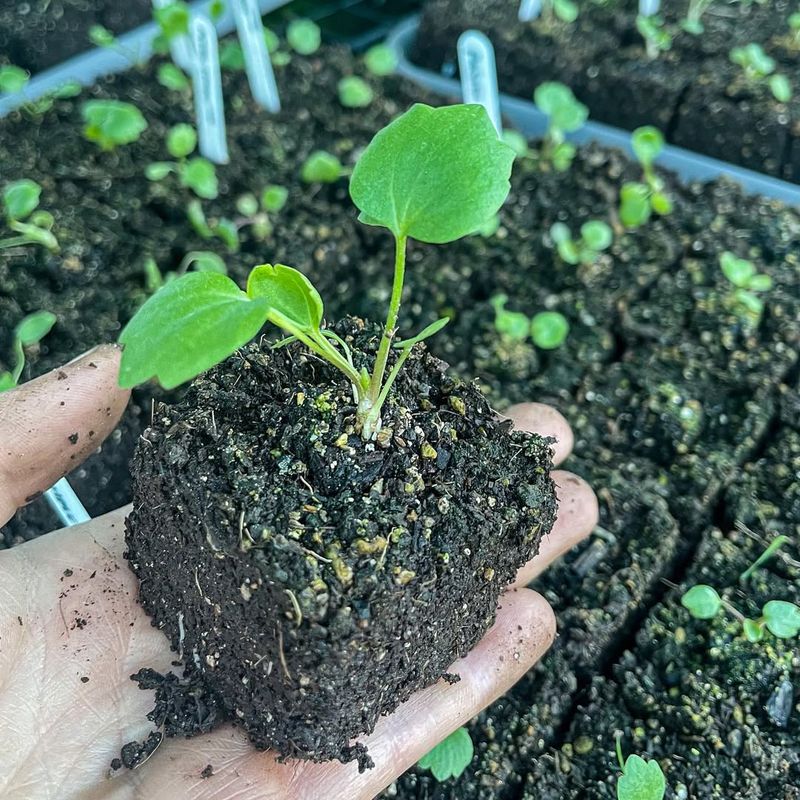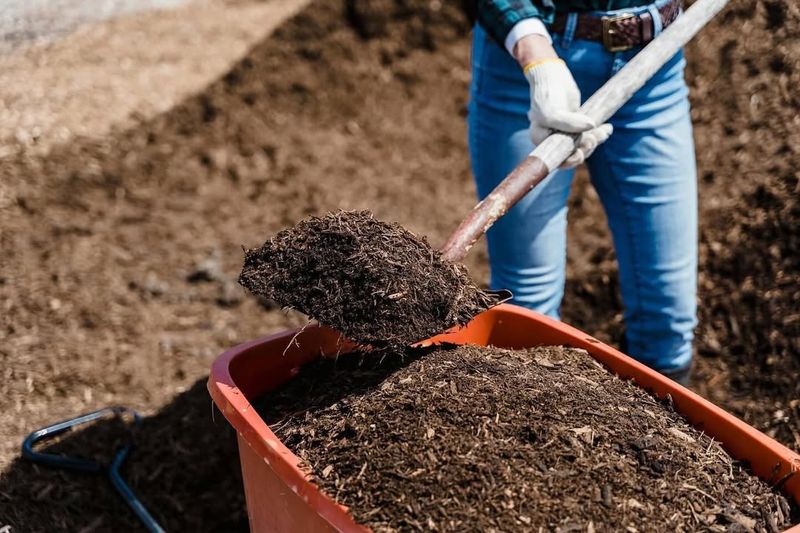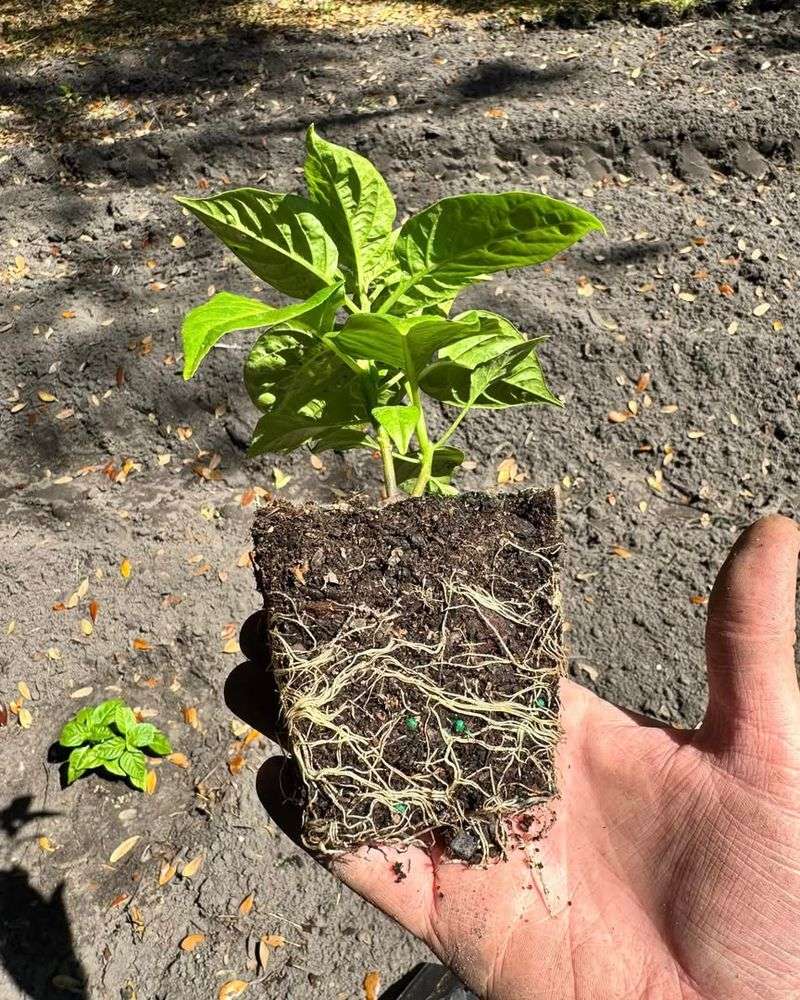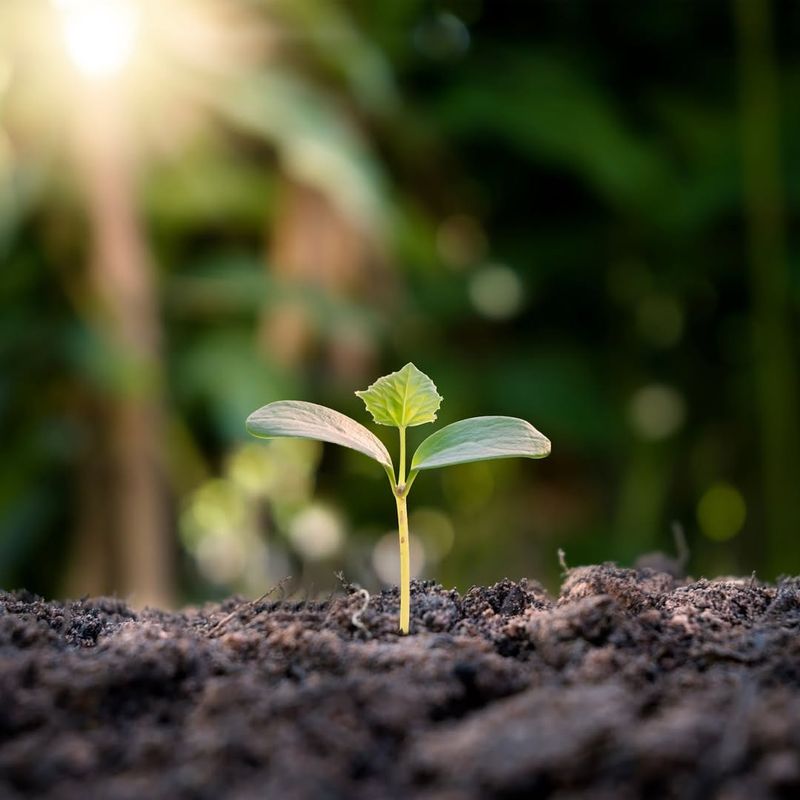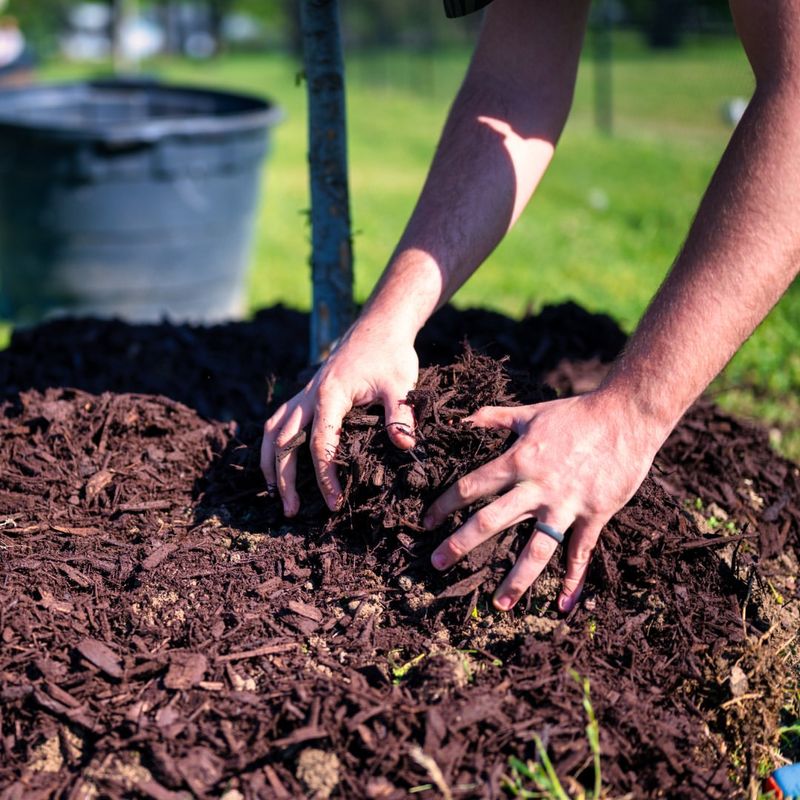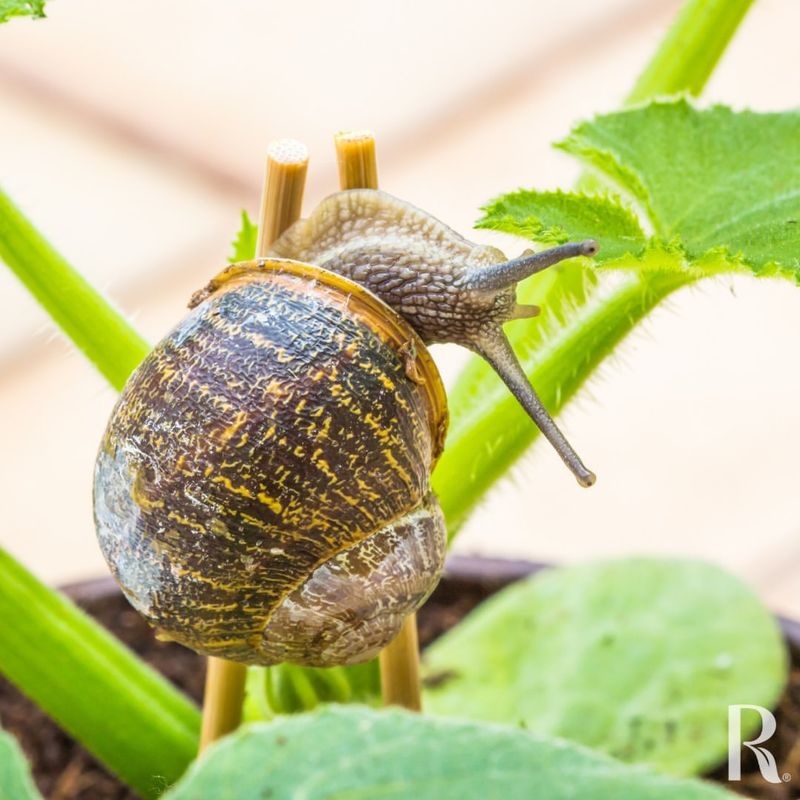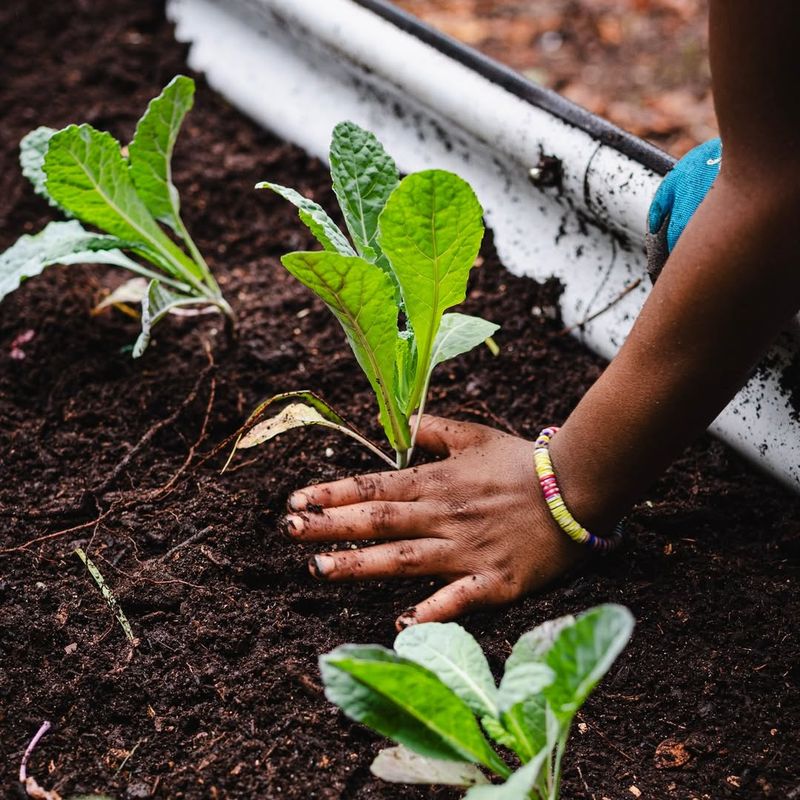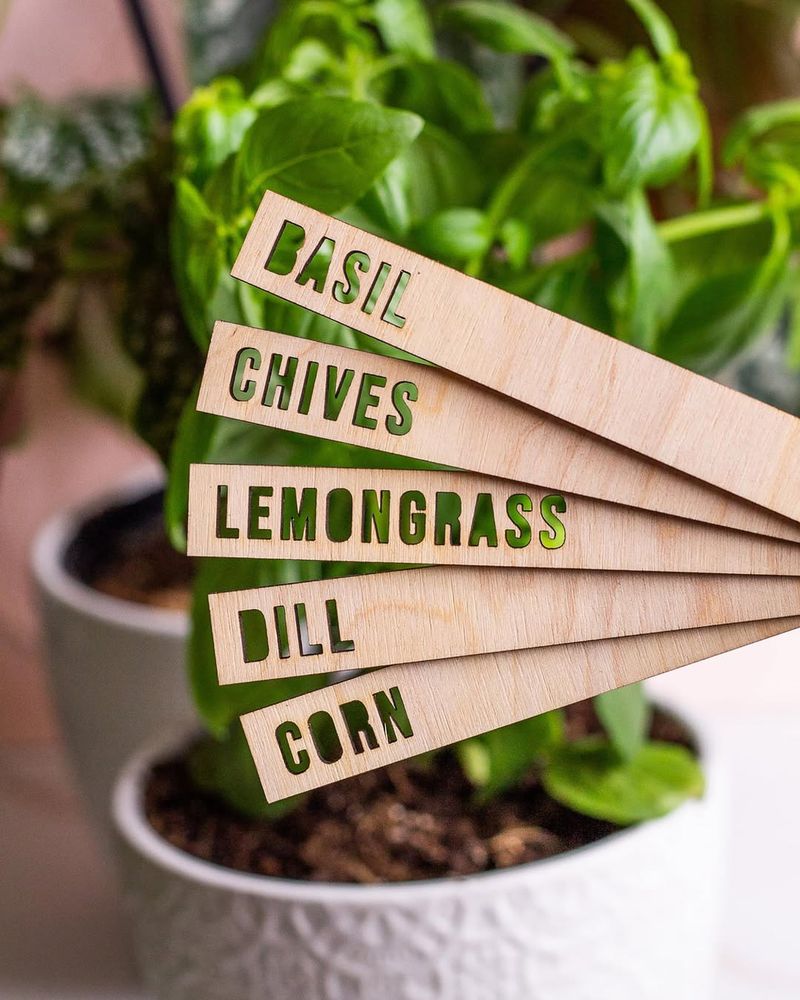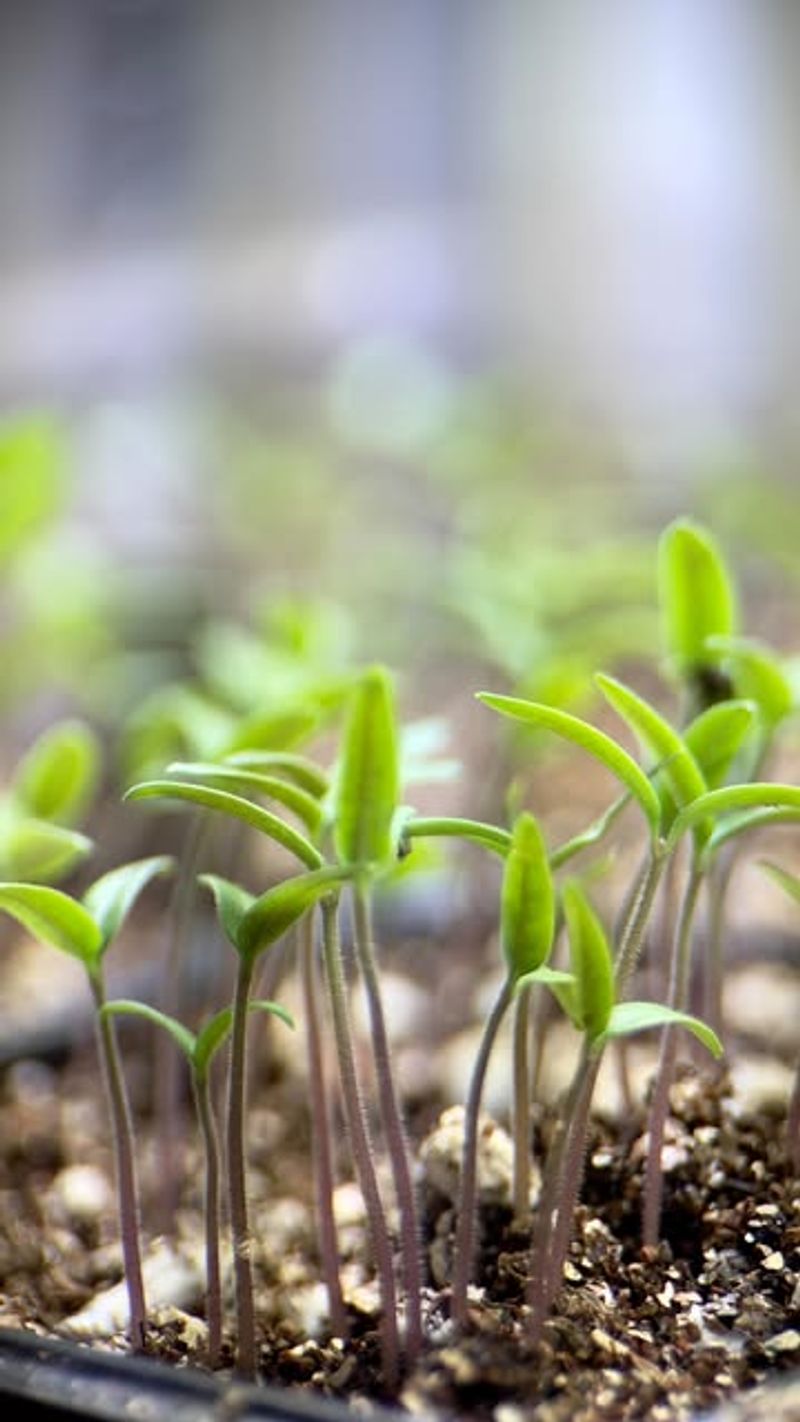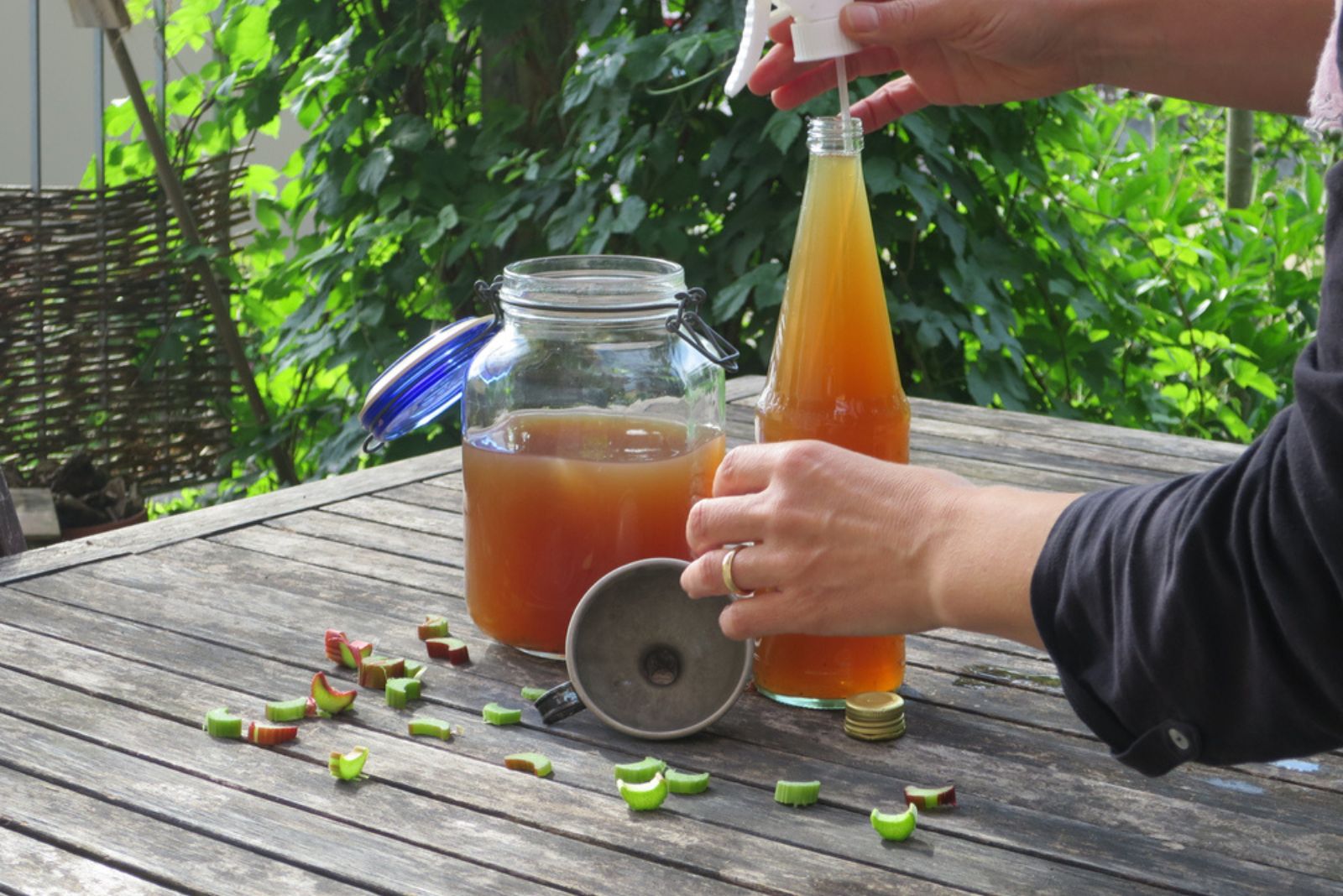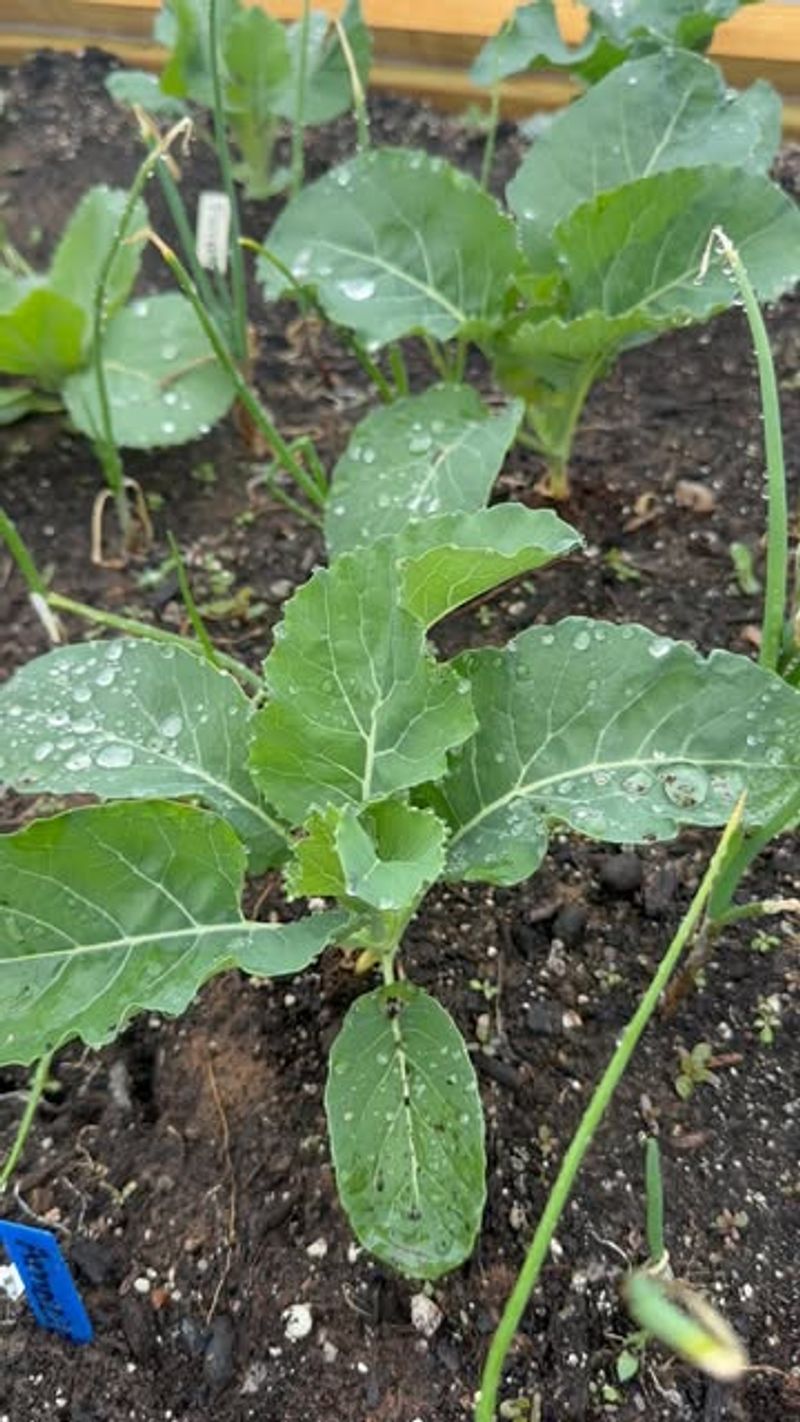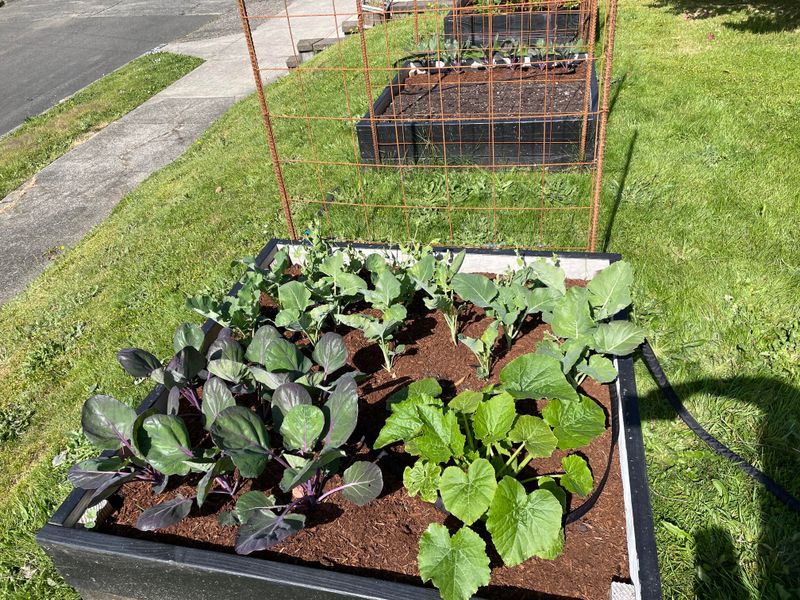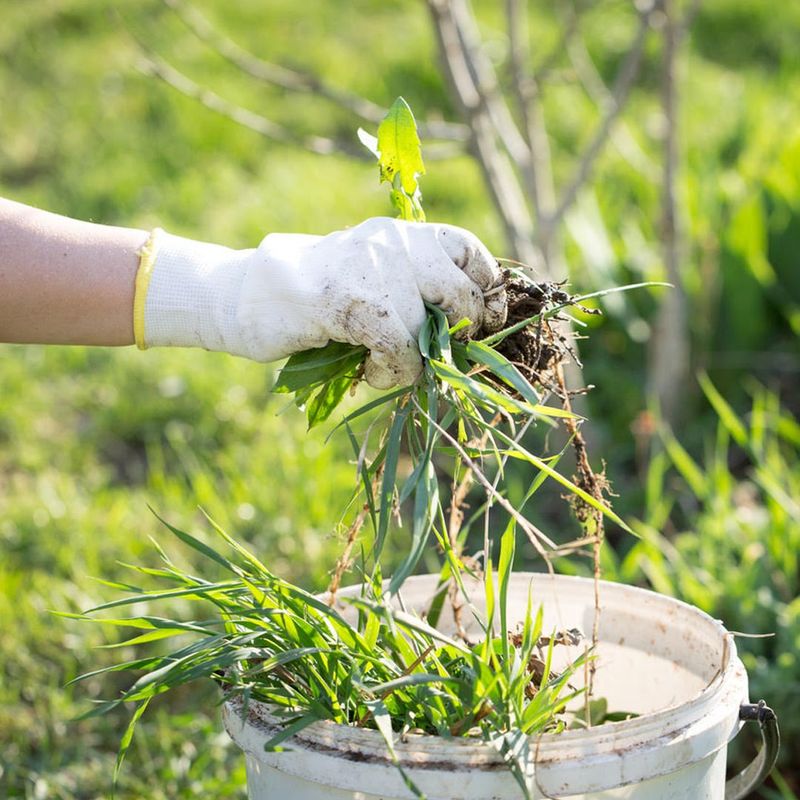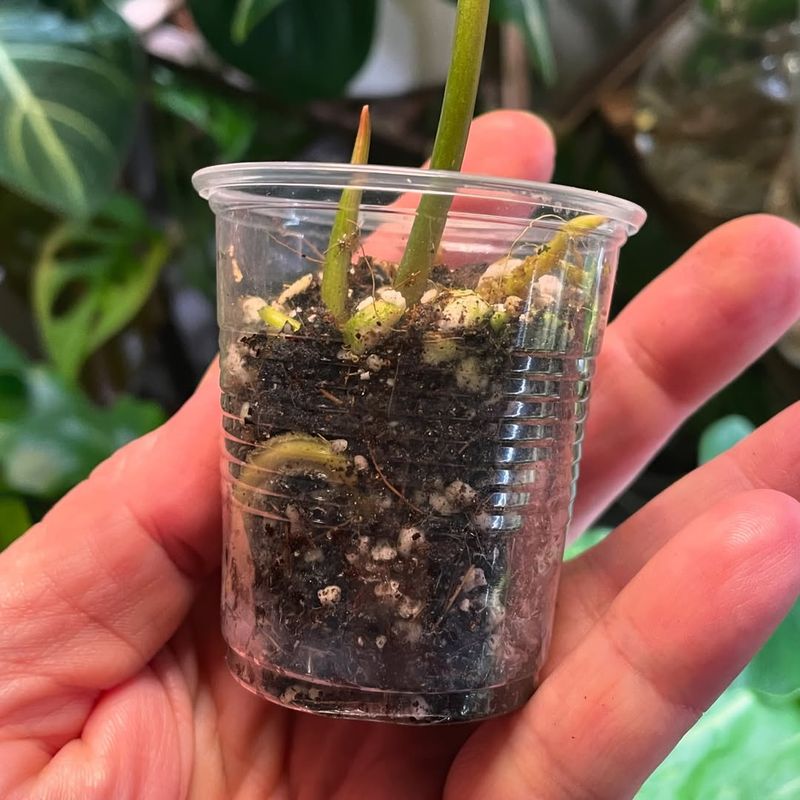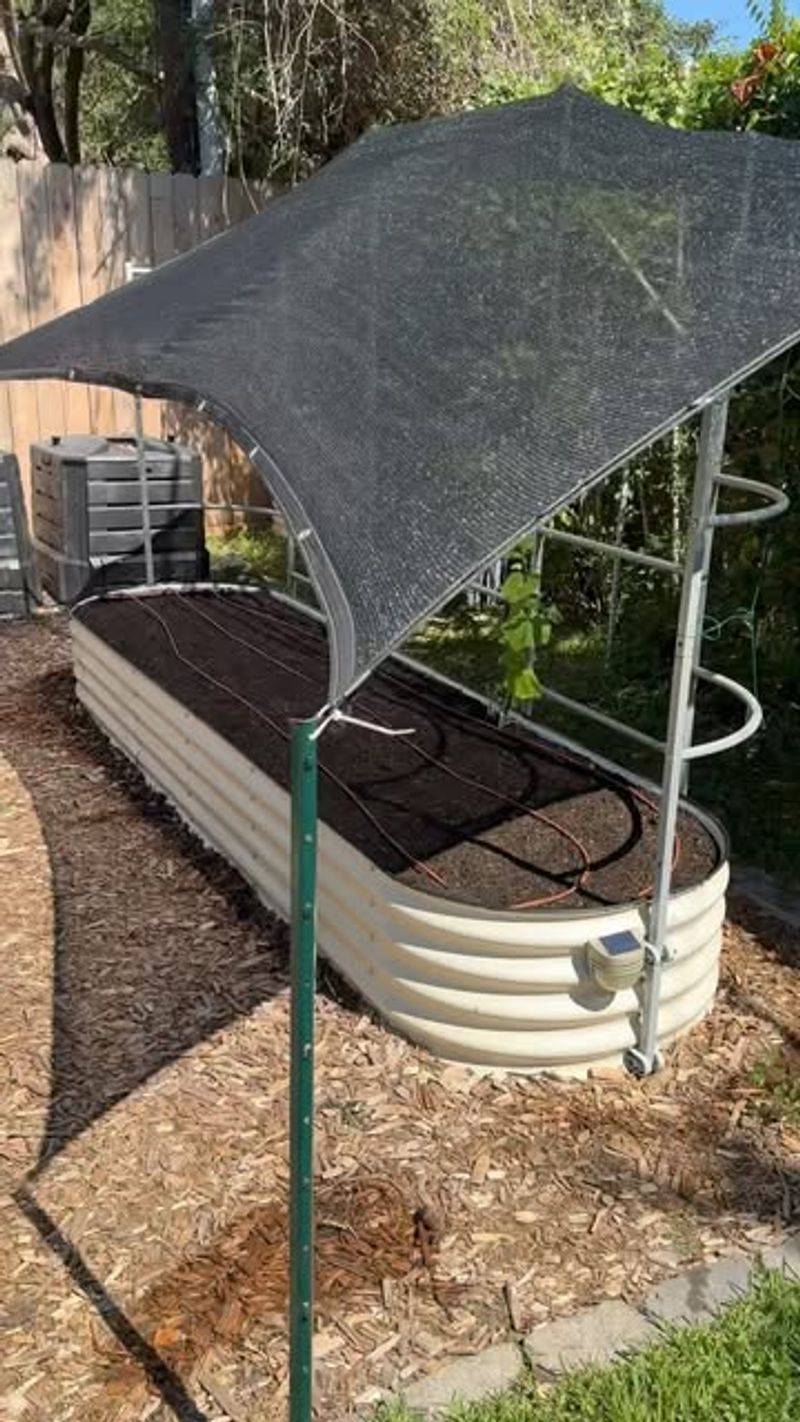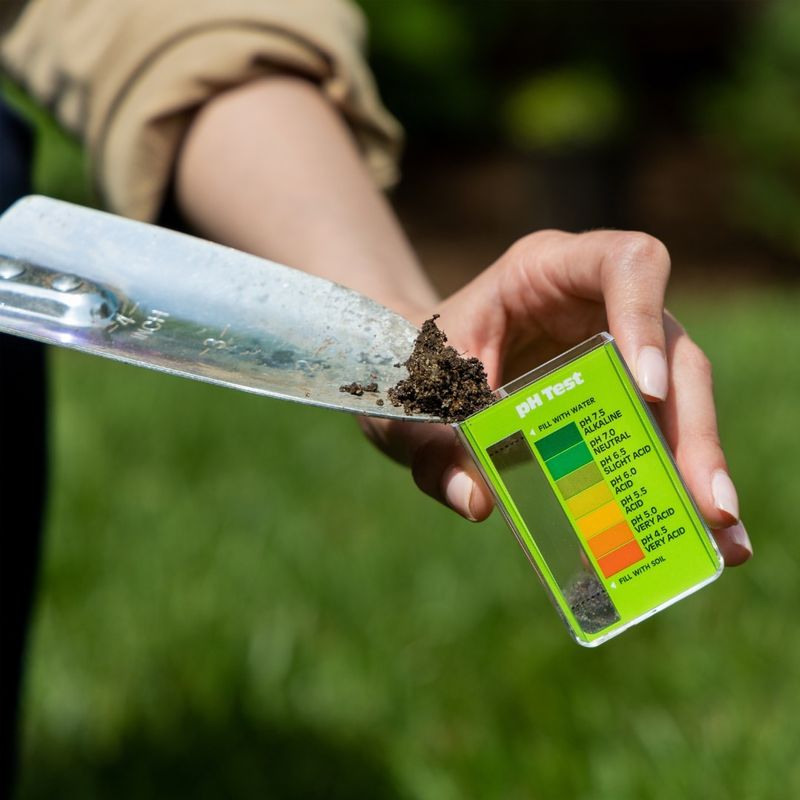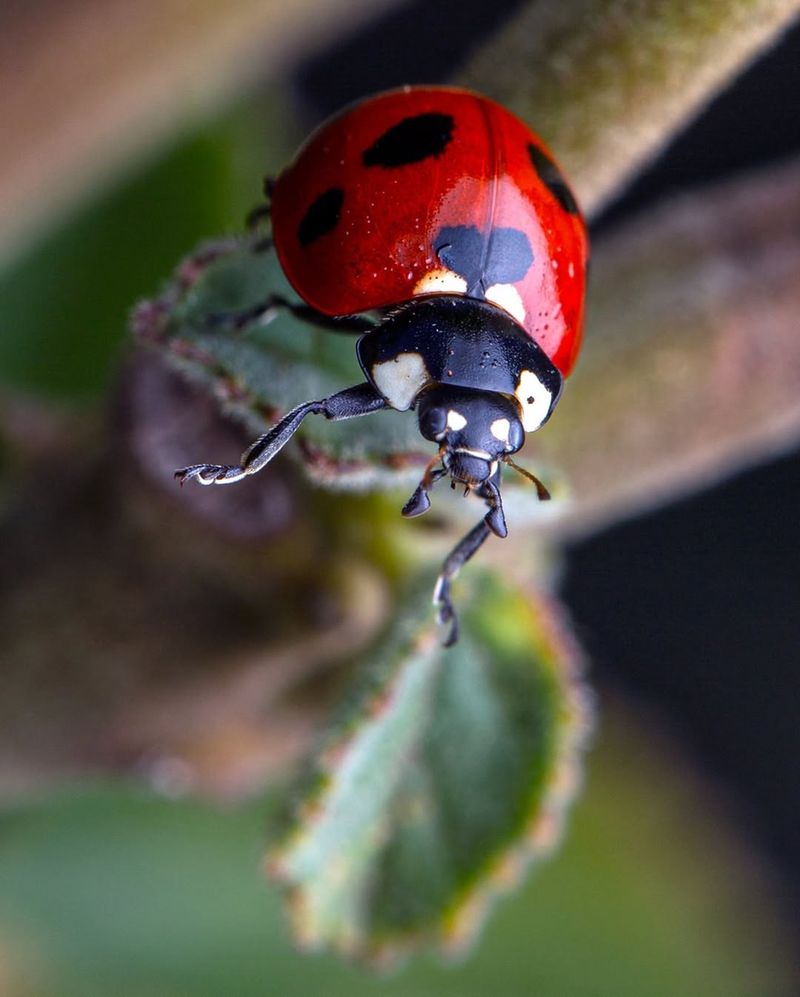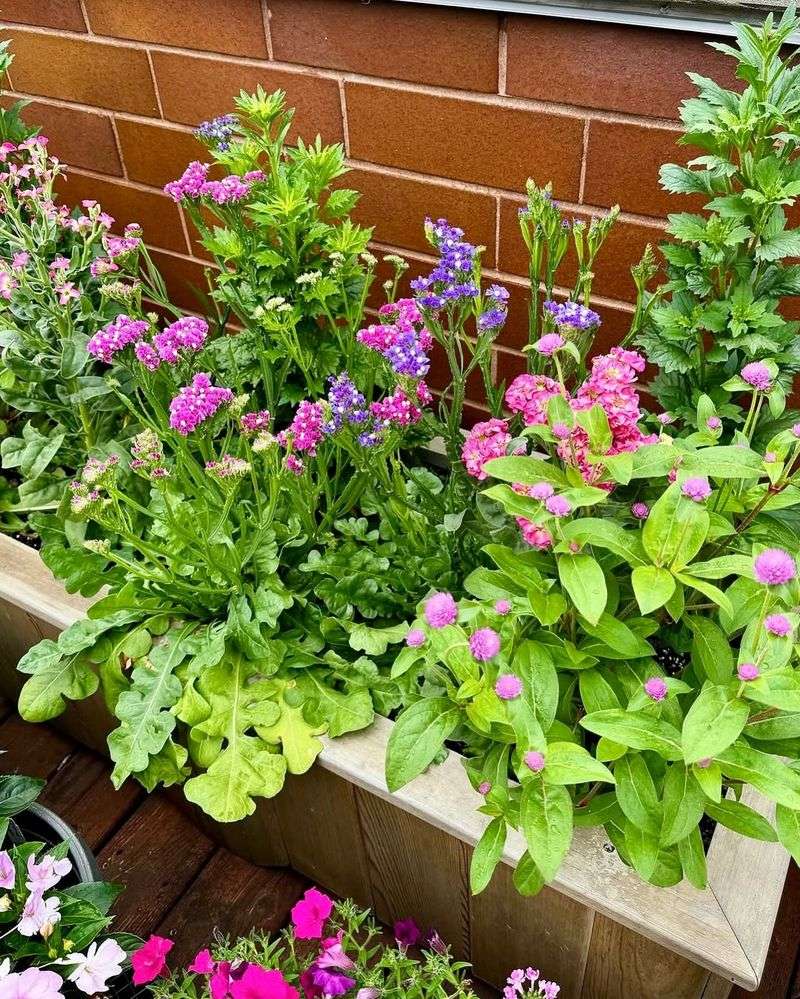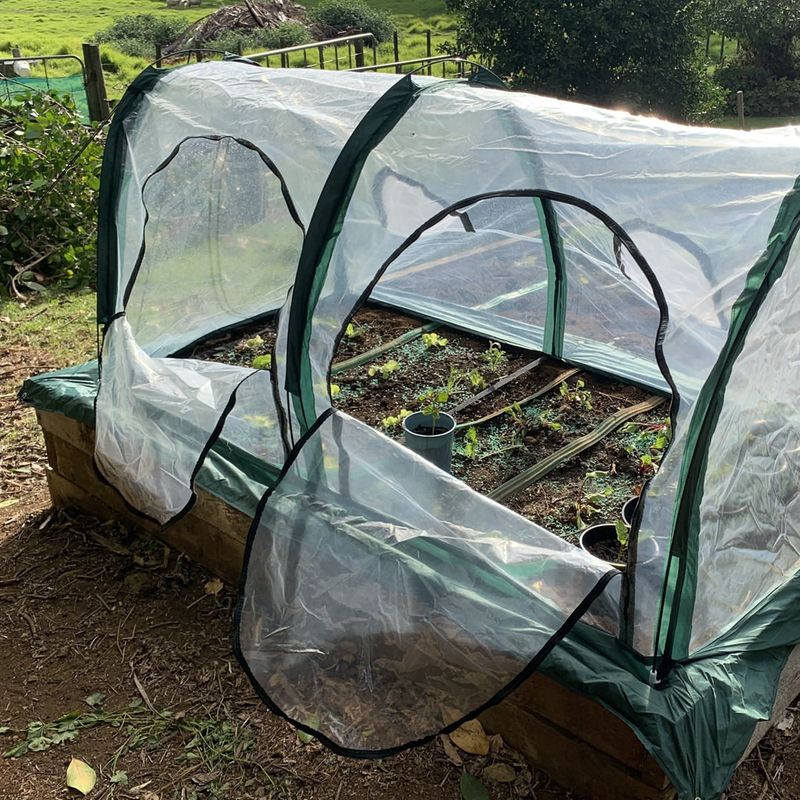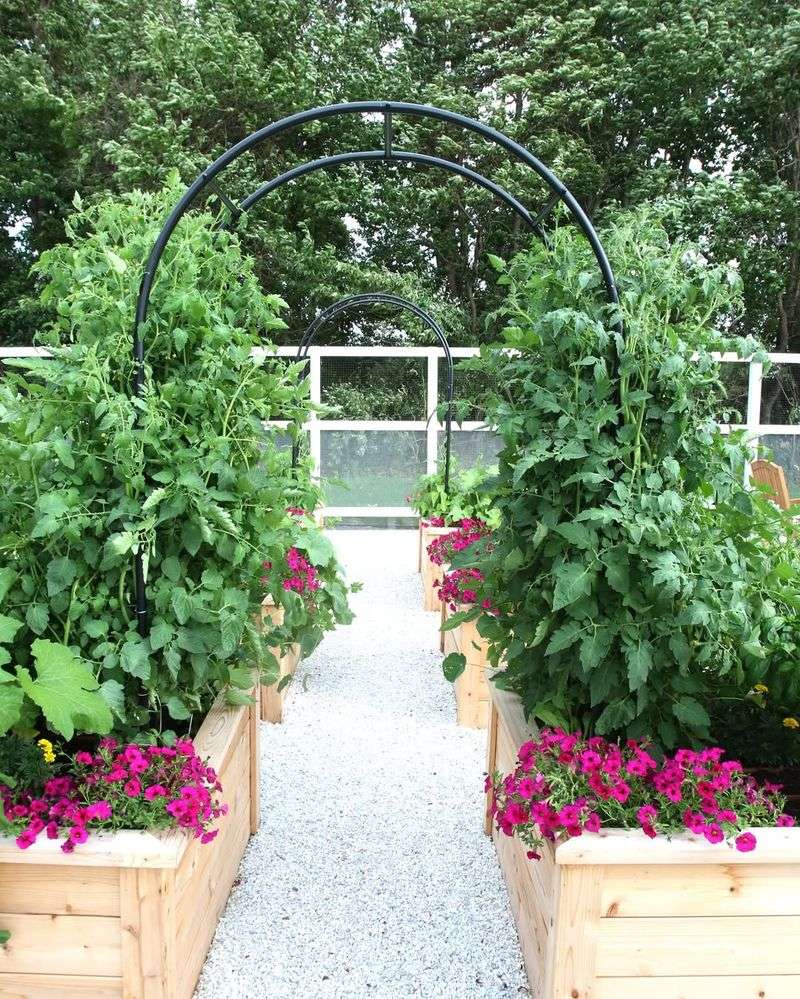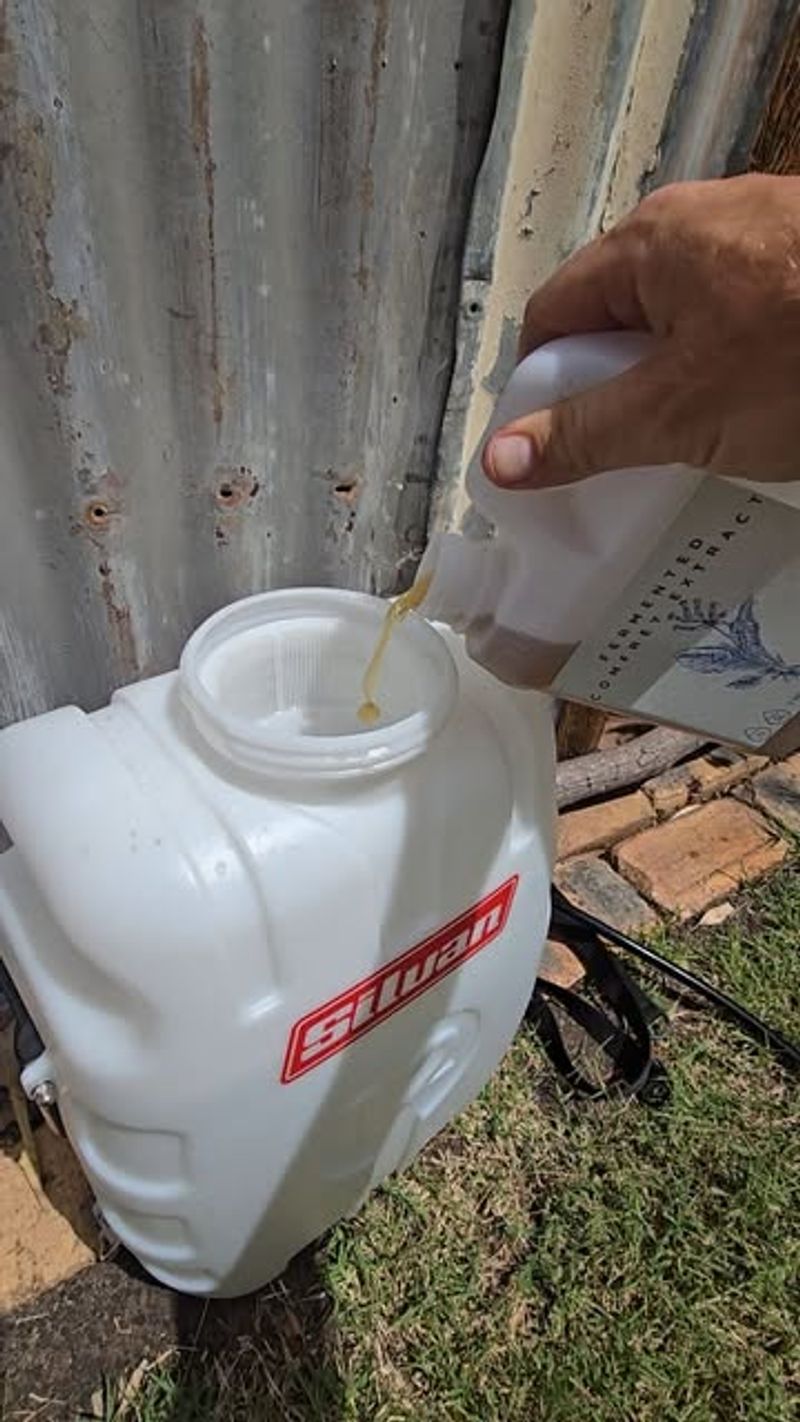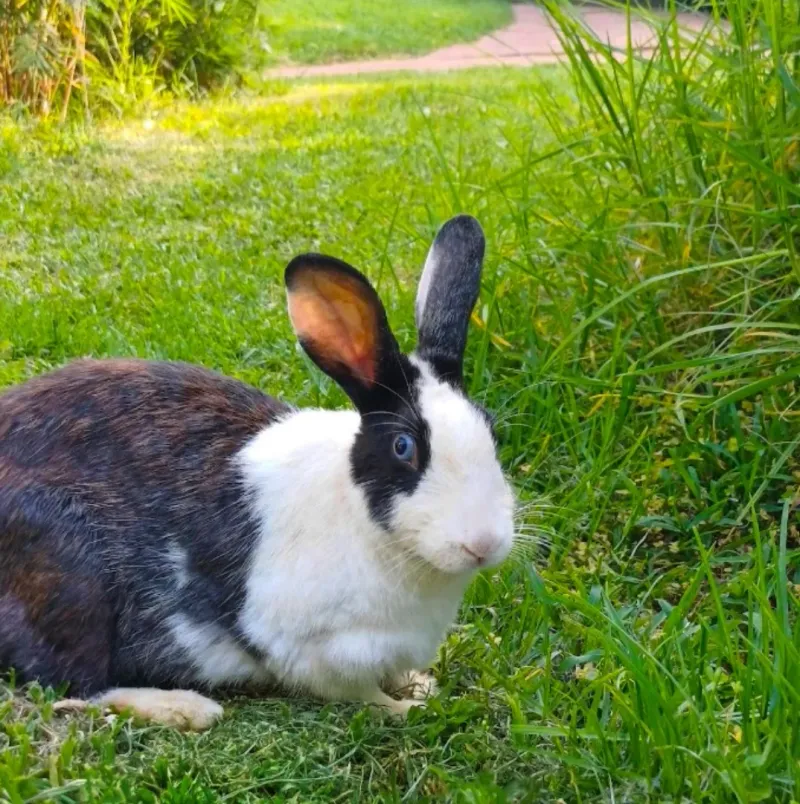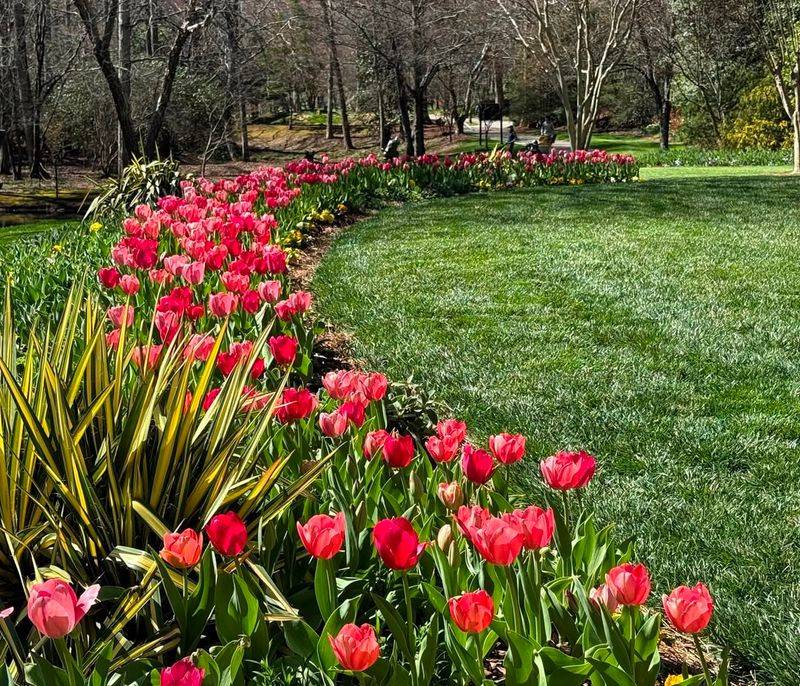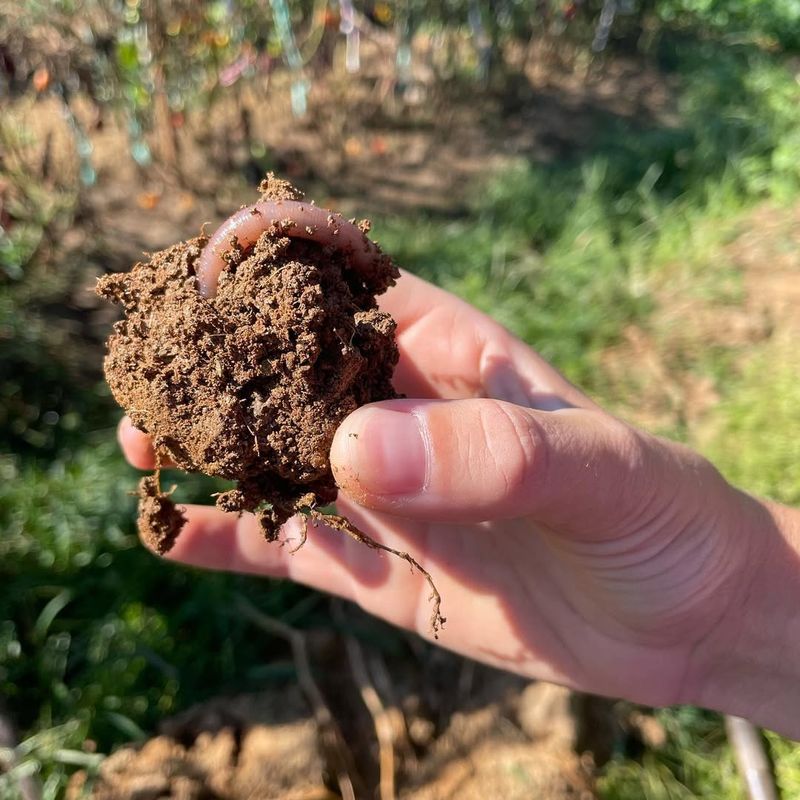Spring is around the corner, which means it’s time to get those seedlings out of their pots and into the garden. No stress, no overcomplicating—just the right tips to make sure they settle in and thrive.
A little prep goes a long way, and with these 30 fun and practical tricks, you’ll have stronger, healthier plants in no time. Ready to get your hands in the dirt? Let’s make this the best growing season yet!
1. The Perfect Timing
What’s the best moment to make your move? When the frost has kissed goodbye for the season. Timing is crucial when transplanting seedlings, as doing it too soon could expose them to late frosts. Check your local last frost date and plan accordingly.
Make sure the seedlings are hardened off and ready to brave the outdoors. This careful consideration ensures they adapt seamlessly to their new environment. Patience now means bountiful blooms later! Do you feel the excitement in the air?
2. Soil Preparation
Ready to dig deep? Your garden soil needs some love before welcoming its new guests. Loosen it up and enrich it with compost or organic matter. Good soil provides drainage and nutrients essential for seedlings.
It’s like preparing a comfy bed for them to stretch their roots and flourish. Avoid compacting the soil, as air pockets are vital for root growth. A well-prepared soil is the foundation for a thriving garden. Are your hands itching to get dirty yet?
3. Choose the Right Spot
Selecting the right location based on light requirements can make all the difference. Some plants bask in the sun, while others prefer a little shade. Observing your garden’s light patterns helps match each plant to its ideal spot.
Remember, a happy plant is a productive plant! Keep an eye on wind exposure too, as strong gusts can stress young transplants. Ready to play matchmaker between your plants and their perfect location?
4. Be Gentle with Roots
Roots are like the heart of your seedlings, treat them with care. When transplanting, be gentle and try not to disturb the roots too much. They’ve been growing comfortably in their starter pots, and sudden changes can stress them.
If roots are tangled, carefully untangle or tease them out to encourage new growth. Handling them gently ensures a smoother transition into the garden. Can you feel the heartbeat of the earth as you nurture these young roots?
5. Proper Watering Techniques
Newly transplanted seedlings are parched and need a good drink to settle in. Water them immediately after planting, making sure the soil is moist but not waterlogged. Consistent watering is key to helping them establish roots in their new home.
Keep an eye on weather conditions, as too much rain can drown them, while too little can dry them out. Finding the balance is essential. Are you ready to quench their thirst with the right amount of water?
6. Mulch Magic
Mulch is the magical cloak that protects your seedlings. Applying a layer of mulch around them preserves moisture, suppresses weeds, and stabilizes soil temperature. But remember not to smother them; give the plants room to breathe.
Organic mulches like straw or shredded leaves work wonders and eventually enrich the soil as they decompose. It’s like giving your plants a cozy blanket to snuggle under. Do you believe in the magic of mulch yet?
7. Watch for Pests
Is there a party on your plants? Not all guests are welcome! Keep an eye out for pests that might munch on your tender seedlings. Regularly inspect leaves and stems for any signs of trouble. If you spot any unwelcome critters, deal with them promptly using organic or natural pest control methods.
Your vigilance can save your garden from becoming an all-you-can-eat buffet for bugs. Are you ready to play detective and protect your precious plants?
8. The Art of Spacing
Who knew personal space mattered so much? Proper spacing is vital for allowing seedlings to grow without competing for nutrients. Follow spacing guidelines specific to each plant. This ensures they have room to spread their leaves and roots, leading to healthier growth.
Crowded plants can lead to diseases and stunted growth, so give them the room they deserve. It’s like hosting a garden party with just the right number of guests. Have you measured the space between your seedlings yet?
9. Protect from Wind
Wind can be a formidable foe for young seedlings, knocking them over or drying them out. Protect them with windbreaks like garden cloches or temporary fences. This added layer of protection ensures they remain upright and rooted.
As they strengthen and grow, they’ll be more resilient to gusty days. Until then, it’s your job to shield them from the elements. Isn’t it amazing how a little barrier can make a big difference?
10. Label Everything
What’s in a name? A lot, when it comes to gardening! Labeling your transplants helps you keep track of what’s growing where. Use weatherproof markers to ensure names don’t fade away.
This practice is especially useful for distinguishing between similar-looking seedlings. It’s like having a catalog of your garden at your fingertips. Knowing what’s growing helps in managing care routines efficiently. Ready to embark on a labeling adventure?
11. Observe and Adapt
Observing your seedlings regularly allows you to adapt to their needs. Check for signs of stress, growth patterns, and overall health. Adjust watering, light exposure, or nutrient input based on their progress.
Being attentive ensures you catch any issues early, leading to healthier plants. It’s a dynamic relationship where learning never stops. Are you prepared to listen to what your plants are telling you?
12. Organic Fertilizers
Feed me, Seymour! Your seedlings are hungry for nutrients to fuel their growth. Organic fertilizers provide a gentle, natural boost without harming the environment. Choose fertilizers suited to your plants’ needs, and apply them according to instructions.
This ensures they have the energy to grow big and strong. Over-fertilizing can be harmful, so moderation is key. It’s like cooking up a nutritious meal for your green friends. Are you ready to feed their appetite for growth?
13. Companion Planting
Companion planting involves growing plants that benefit each other side by side. Some combinations repel pests, while others enhance growth. Experimenting with different pairings can lead to a healthier, more productive garden.
It’s like matchmaking plants for mutual success. This clever strategy requires a bit of research but pays off in the long run. Ready to play matchmaker in your garden?
14. Rotate Your Crops
Out with the old, in with the new! Crop rotation is a time-tested method to maintain soil health and prevent diseases. By changing the location of your crops each season, you reduce the risk of pests and nutrient depletion.
Planning your garden layout in advance can make rotation easier. This thoughtful approach ensures your soil remains fertile and productive. It’s like giving your garden a fresh start each season. Are you set to switch things up with crop rotation?
15. Keep it Weed-Free
Weeds, begone! Keeping your garden weed-free is essential for healthy seedling growth. Weeds compete for nutrients, water, and light, hindering your plants’ progress. Regularly check your garden beds and remove any unwanted invaders.
Mulching can also help suppress weeds, giving your seedlings a fighting chance. It’s like maintaining a tidy room for your plants to thrive. Are you ready to wage war on weeds in your garden?
16. Use Starter Cups
Starting small pays off big time! Using starter cups for your seedlings encourages robust root development before transplanting. They can reduce transplant shock as the plant doesn’t have to adjust to new soil.
Biodegradable cups are ideal, as they can be planted directly into the ground. This minimizes root disturbance and makes the transition smoother. It’s like giving your seedlings a gentle nudge towards independence. Ready to start them off in cups?
17. Shade Cloths for Protection
Sunshine, you’re lovely, but sometimes too intense! Shade cloths offer temporary protection for seedlings from harsh sunlight. This helps prevent wilting and sunburn until the plants are strong enough to handle full sun.
Gradually acclimating them allows for a smoother transition. It’s like giving your seedlings a pair of stylish sunglasses. Who knew plants could be fashion-forward too? Are you ready to drape some shade over your young ones?
18. Check pH Levels
What’s your soil’s personality? Knowing the pH level is key to understanding what nutrients are available to your plants. Most seedlings prefer a slightly acidic to neutral pH. Use a pH meter to test your garden soil and amend it accordingly with lime or sulfur if needed.
This scientific approach ensures your plants have the optimal environment to thrive. It’s like tailoring a custom habitat for each plant. Are you ready to become a soil scientist?
19. Beneficial Insects
Not all bugs are bad! Welcoming beneficial insects into your garden helps control pests naturally. Ladybugs and lacewings feast on aphids, while praying mantises keep caterpillars in check. Creating a habitat for these helpful creatures reduces the need for chemical pesticides.
It’s a win-win situation for your plants and the environment. Who knew insects could be your garden’s best friends? Are you ready to roll out the red carpet for these tiny allies?
20. Keep Records
Who loves a good diary? Keeping records of your gardening activities helps track progress and plan for future seasons. Note down planting dates, weather conditions, and any challenges you face. This practice gives insights into what works and what doesn’t, making you a more informed gardener.
It’s like creating a personal playbook for your garden adventures. Are you ready to start your gardening diary and become an even better plant enthusiast?
21. Group by Water Needs
Watering can be tricky, but not if you’re strategic! Grouping plants with similar water needs in the same area makes irrigation more efficient. This practice prevents over or under-watering, ensuring each plant receives just the right amount.
Understanding each plant’s thirst level is key to maintaining a harmonious garden. It’s like organizing a dinner party where everyone gets their favorite drink. Ready to quench your plants’ thirst with precision?
22. Use Wind Tunnels
Curious about airflow? Setting up small wind tunnels helps study wind patterns and protect sensitive seedlings. It’s an innovative way to ensure they don’t get battered by strong winds. This method provides insights into how to position garden structures for optimal protection.
It’s like conducting a mini science experiment right in your garden. Are you ready to become a meteorologist and forecast wind behavior for your plants?
23. Incorporate Trellises
Incorporating trellises encourages vertical growth for climbing plants. This not only saves space but also improves air circulation and sunlight exposure. Supporting plants like peas, beans, and cucumbers on trellises reduces the risk of disease and makes harvesting easier.
It’s like giving your plants a ladder to achieve their full potential. Ready to see your plants soar to new heights?
24. Foliar Feeding
Foliar feeding involves spraying a nutrient solution directly onto plant leaves. This method allows for quick absorption and addresses nutrient deficiencies. It’s an effective way to give your plants an extra boost during growth spurts.
Use a balanced foliar spray and apply it in the early morning or late afternoon. It’s like serving up a refreshing drink on a hot day. Are you ready to pamper your plants with some foliar love?
25. Mind the Critters
They’re cute, but are they friend or foe? Critters like rabbits and deer can wreak havoc on your transplants. Protecting your garden with fences or netting ensures your seedlings remain untouched. Incorporating natural deterrents like companion plants can also help.
Balancing nature’s charm with practical protection is key to a thriving garden. It’s like creating a safe haven for your plants. Are you ready to guard your garden against those adorable intruders?
26. Experiment with Layouts
Experimenting with different garden layouts can lead to unique and productive designs. Consider factors like plant height, color, and texture when arranging your garden beds. This creative approach ensures an aesthetically pleasing and functional garden.
It’s like crafting a living masterpiece with plants as your palette. Are you ready to unleash your inner artist and design a garden that’s both beautiful and bountiful?
27. Use Garden Nets
The sky’s the limit! Garden nets offer protection from birds and harsh weather, giving your seedlings a fighting chance. They allow light and rain to pass through while keeping unwanted visitors out.
Setting up nets is a simple yet effective way to safeguard young plants. It’s like giving your garden a safety net to lean on. Ready to shield your seedlings from those pesky feathered foes?
28. Create Microclimates
Why stick to one climate when you can create your own? By using cloches, row covers, or cold frames, you can create microclimates within your garden. This allows you to extend the growing season and protect delicate plants.
Tailoring conditions to each plant’s needs ensures optimal growth. It’s like being the weather controller of your own garden realm. Are you ready to play with climates and give your plants the best environment to thrive?
29. Stay Positive
Who says gardening can’t be fun? Maintaining a positive attitude while gardening can make the experience more enjoyable and productive. Plants respond to care and attention, and a positive mindset can enhance that bond.
Celebrate small victories and learn from challenges. It’s like sharing a secret language with your plants. Are you ready to infuse your garden with positivity and watch it blossom?
30. Conduct Soil Tests
What’s lurking beneath the surface? Conducting soil tests reveals crucial information about nutrient levels and soil composition. Understanding these factors helps tailor fertilization and amendments. It’s an essential step for a thriving garden, ensuring plants have what they need to grow.
Regular testing keeps you informed and prepared for any soil surprises. It’s like having a map to navigate the underground world of your garden. Ready to dive deep into soil science and uncover its secrets?

